Introduction:
Achieving a fade haircut is a popular choice for men, but some may wonder if it’s possible to achieve this style with any hair clippers. In this guide, we will explore the different types of hair clippers and their suitability for creating a fade. We will also discuss the features to look for in clippers to ensure optimal results and provide tips for achieving a fade with different types of clippers.
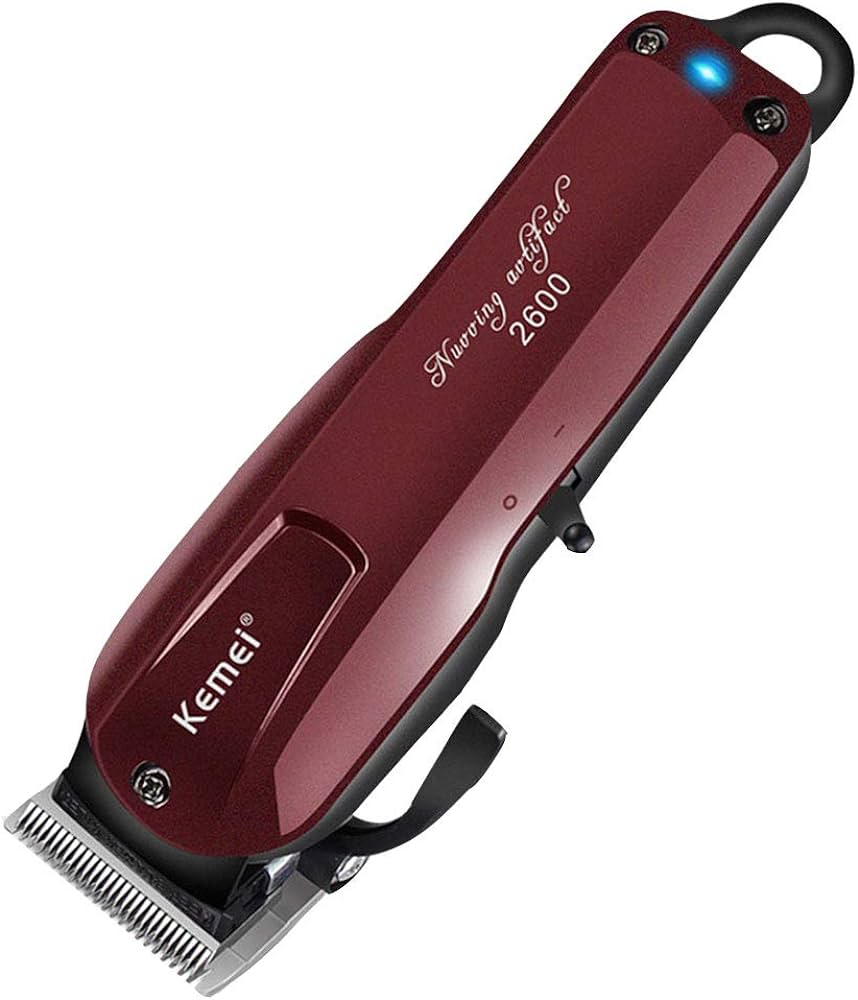
Can I do a fade with any hair clippers?
Understanding Different Types of Hair Clippers:
Hair clippers come in various types, each designed for specific purposes. Understanding the differences will help you determine if a particular type of clipper is suitable for achieving a fade haircut.
a) Home clippers: These clippers are commonly used for personal grooming at home. They are typically less powerful and may not have the same precision as professional-grade clippers. While they can be used to achieve a basic fade, they may not provide the same level of control and versatility as professional clippers.
b) Professional clippers: These clippers are specifically designed for barbers and hairstylists. They are generally more powerful, with higher-quality blades that allow for precise cutting and blending. Professional clippers often come with adjustable blades and a wide range of clipper guards, making them ideal for achieving different fade lengths and blending techniques.
c) Outliner trimmers: Outliner trimmers are primarily used for creating clean lines and detailing around the edges of the hairline and beard. While they are not designed for overall haircutting, they can be useful for refining and perfecting the details of a fade.
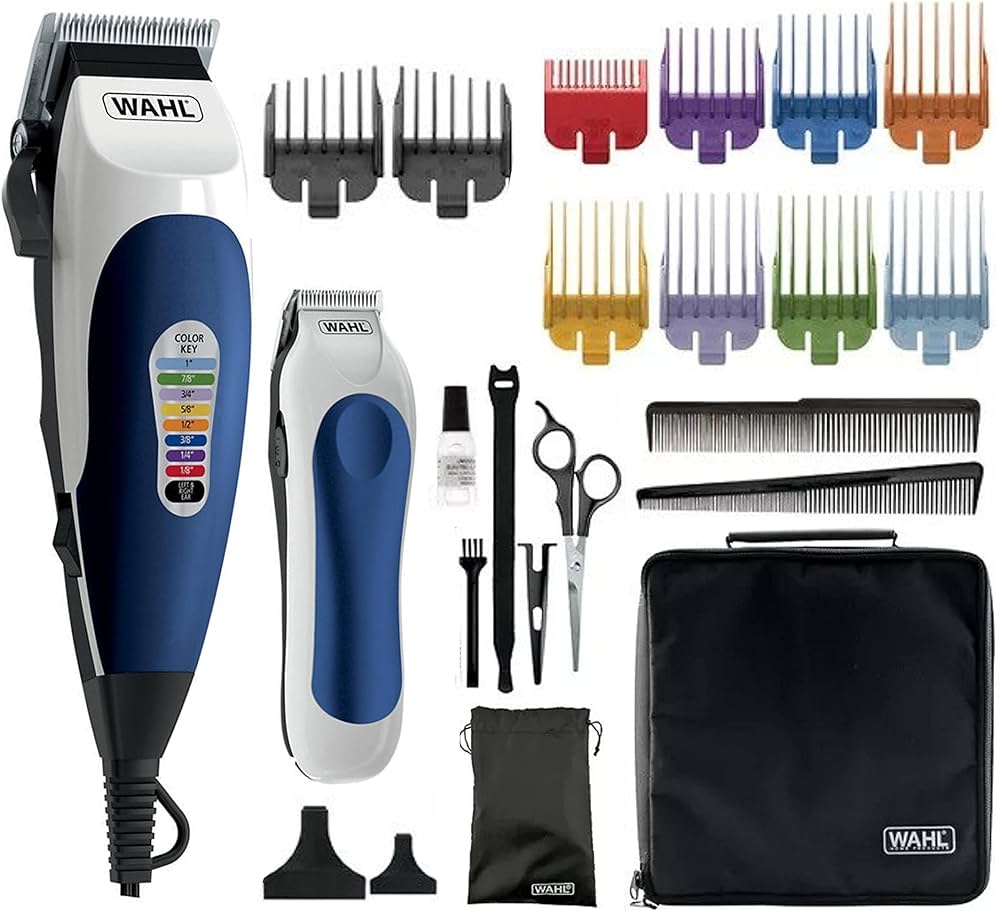
Features to Look for in Clippers for Fading:
To achieve a fade haircut effectively, certain features in clippers can be advantageous. When choosing clippers for fading, consider the following features:
a) Adjustable blades: Clippers with adjustable blades allow you to change the cutting length without needing to switch out clipper guards. This feature enables more precise blending and control over fade lengths.
b) Variety of clipper guard sizes: Look for clippers that come with a wide range of clipper guard sizes. This enables you to achieve different fade lengths, from shorter fades to longer taper fades.
c) Powerful motor: A powerful motor ensures that the clippers can handle different hair types and thicknesses. This is especially important when fading thick or coarse hair, as it requires more cutting power.
d) Ease of blade adjustment: Clippers that offer easy and quick blade adjustment allow for seamless transitions between different fade lengths. This makes the fading process smoother and more efficient.
e) Precision and durability: Choose clippers with high-quality blades that provide precision cutting and durability. This ensures that the clippers will retain their cutting performance over time, even with regular use.
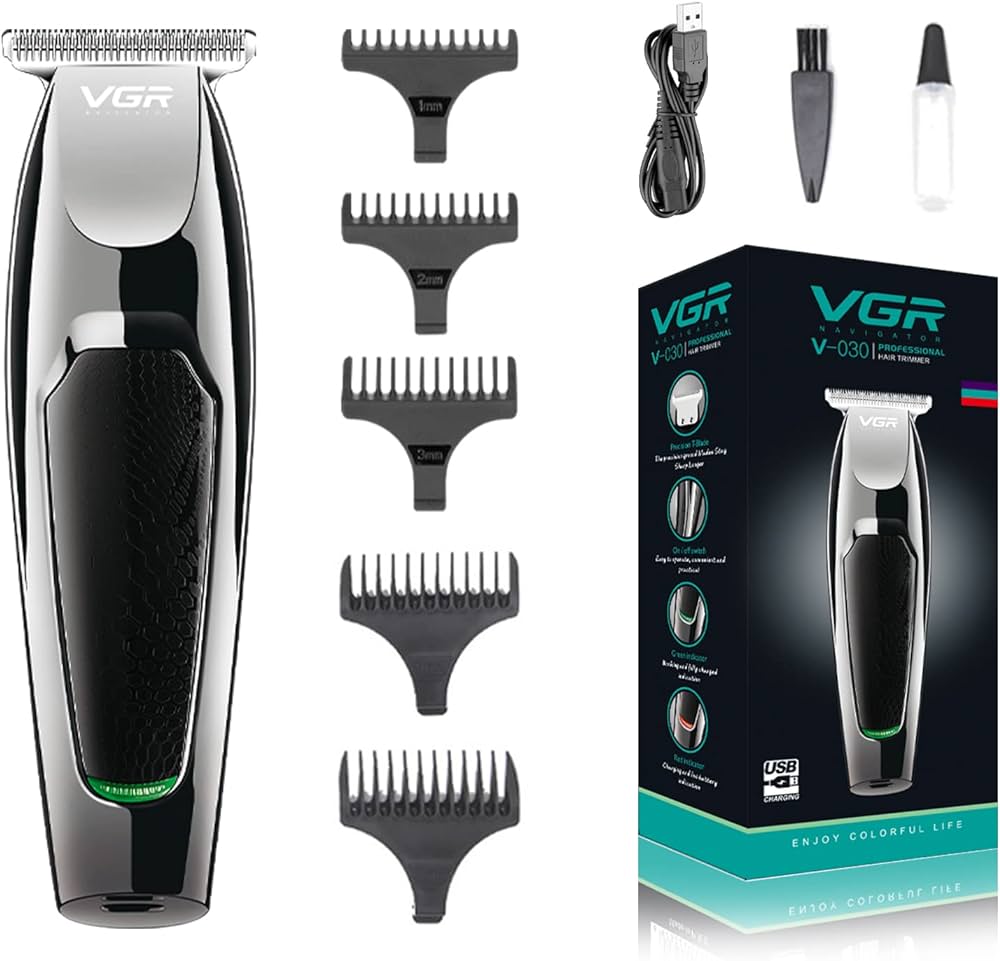
Achieving a Fade with Different Types of Clippers:
While professional clippers are often preferred for achieving a fade, it is still possible to achieve a fade with other types of clippers. Here are some tips for achieving a fade with different types of clippers:
a) Home clippers: If you only have home clippers available, it is still possible to achieve a basic fade. Start with a longer clipper guard to create the initial guideline, and gradually switch to shorter guards as you move up. Take your time and blend the different lengths carefully, using a flicking or feathering motion.
b) Professional clippers: Professional clippers offer more versatility and precision for achieving a fade. Start by creating the initial guide with a longer clipper guard. Use the adjustable blade feature to gradually decrease the cutting length as you move up. Blend the different lengths smoothly, using various blending techniques such as flicking or feathering. Professional clippers provide better control and allow for more precise fading, making it easier to achieve seamless transitions and a well-blended fade.
c) Outliner trimmers: While outliner trimmers are not designed for overall haircutting, they can be useful for refining the details of a fade. Once you have achieved the desired fade with clippers, use an outliner trimmer to clean up the hairline, sideburns, and other edges. This will help create clean lines and enhance the overall appearance of the fade.
Practice and Patience:
Regardless of the type of clippers you use, achieving a fade requires practice and patience. It may take time to master the techniques and achieve the desired results. Be prepared to experiment, learn from mistakes, and refine your skills over time. With practice, you’ll develop a better understanding of your clippers’ capabilities and how to achieve the fade style you desire.
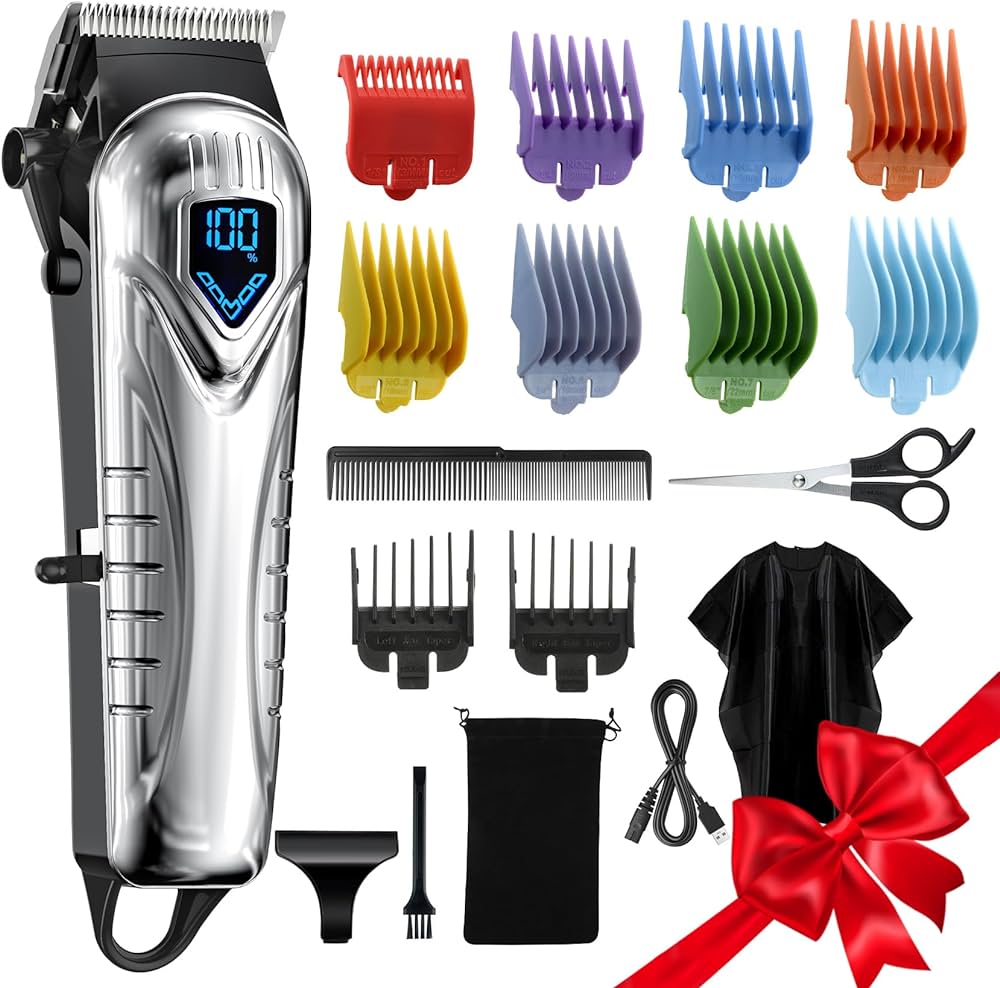
Seek Professional Help if Needed:
If you find it challenging to achieve the desired fade on your own, don’t hesitate to seek professional help. Barbers and hairstylists have the expertise and experience to create the perfect fade haircut. They can provide guidance, offer personalized advice, and ensure a flawless fade that suits your preferences.
Fading Techniques to Master:
Regardless of the type of clippers you use, mastering the fading techniques is essential for achieving a polished and professional-looking fade. Here are a few techniques to practice:
a) Feathering: Feathering is a technique used to blend the different lengths seamlessly. Start by using a longer clipper guard and make short, quick strokes against the direction of hair growth. Gradually decrease the guard size and continue feathering the hair, overlapping the areas where different lengths meet. This technique helps create a smooth and gradual transition between the fade levels.
b) Flicking: Flicking is another technique that aids in blending the lengths effectively. After creating the initial guide, use a shorter clipper guard and flick the clippers upward at the transition point between fade lengths. This motion helps soften any harsh lines and creates a more natural-looking blend.
c) Tapering: Tapering involves creating a smooth transition from longer hair to shorter lengths without reaching the skin. It is commonly used in low fades or taper fades. Start with a longer clipper guard at the bottom and gradually switch to shorter guards as you move upward, tapering the hair by blending the lengths. Pay attention to the area around the temples and sideburns, where a gradual taper is crucial for a well-executed fade.
d) Line-up techniques: To enhance the overall appearance of your fade, proper line-up techniques can make a significant difference. Use an outliner trimmer or a small, detail-oriented clipper to create clean lines along the hairline, sideburns, and beard. Precise and symmetrical lines can elevate the look of your fade haircut.
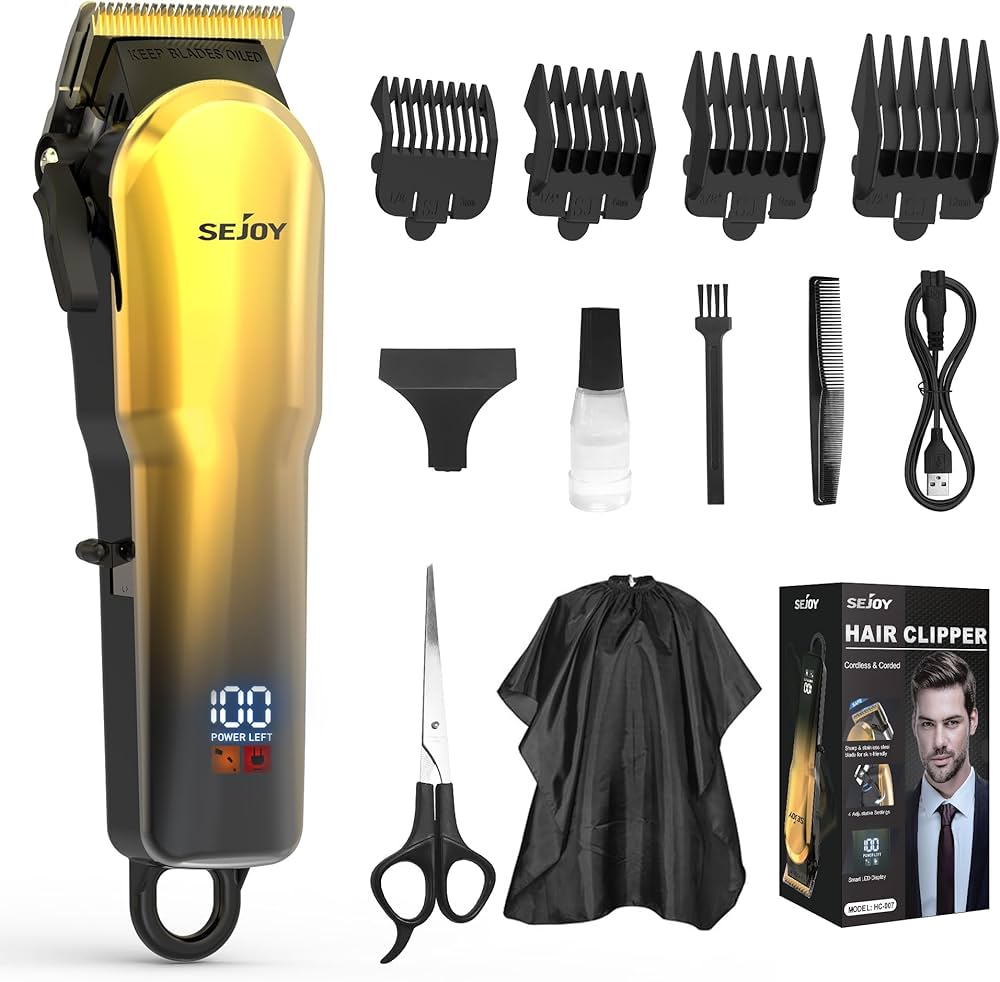
Conclusion:
While professional clippers are preferred for achieving a fade haircut, it is still possible to achieve a fade with other types of clippers, such as home clippers. Look for clippers with adjustable blades, a range of clipper guard sizes, a powerful motor, and precision blades for optimal fading results. With practice, patience, and attention to detail, you can achieve seamless transitions and a well-blended fade. Remember that professional guidance is always available if you need assistance or want a flawless fade haircut. Enjoy the process of learning and refining your fading skills, and embrace the versatility and style of a fade haircut.
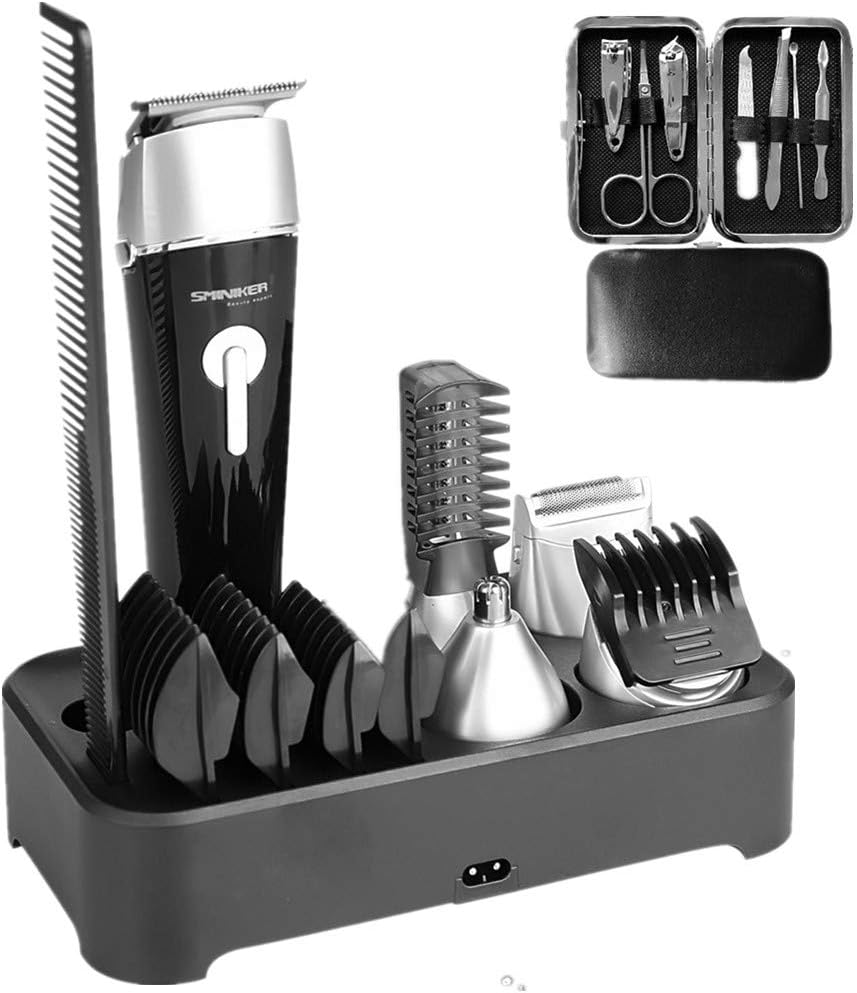
Leave a Reply